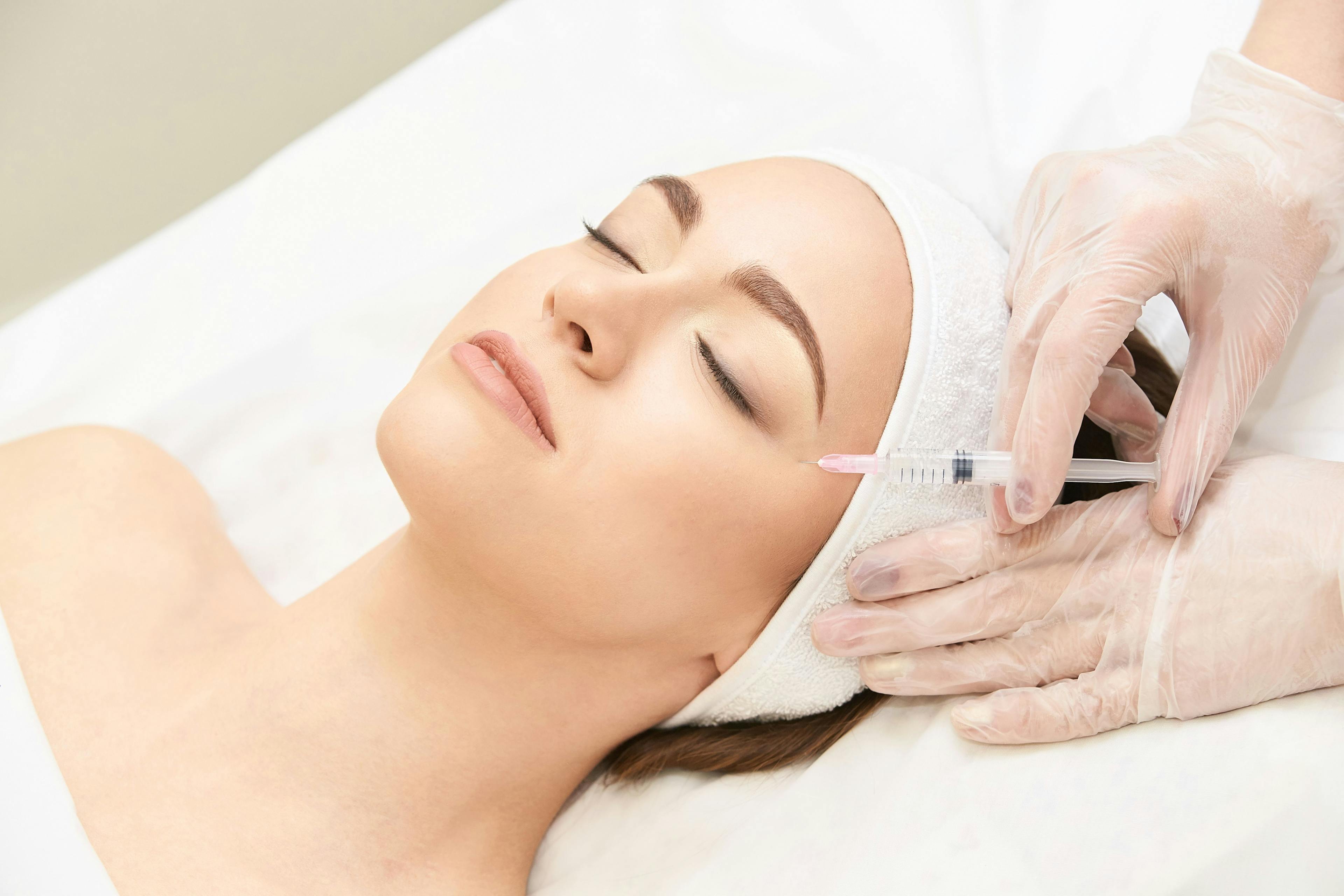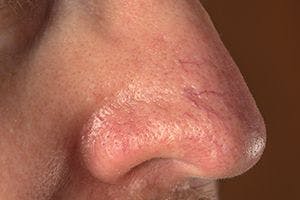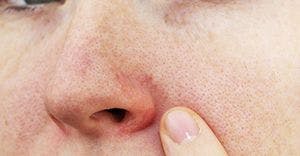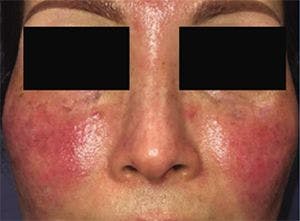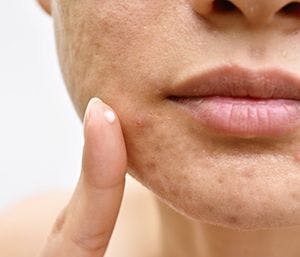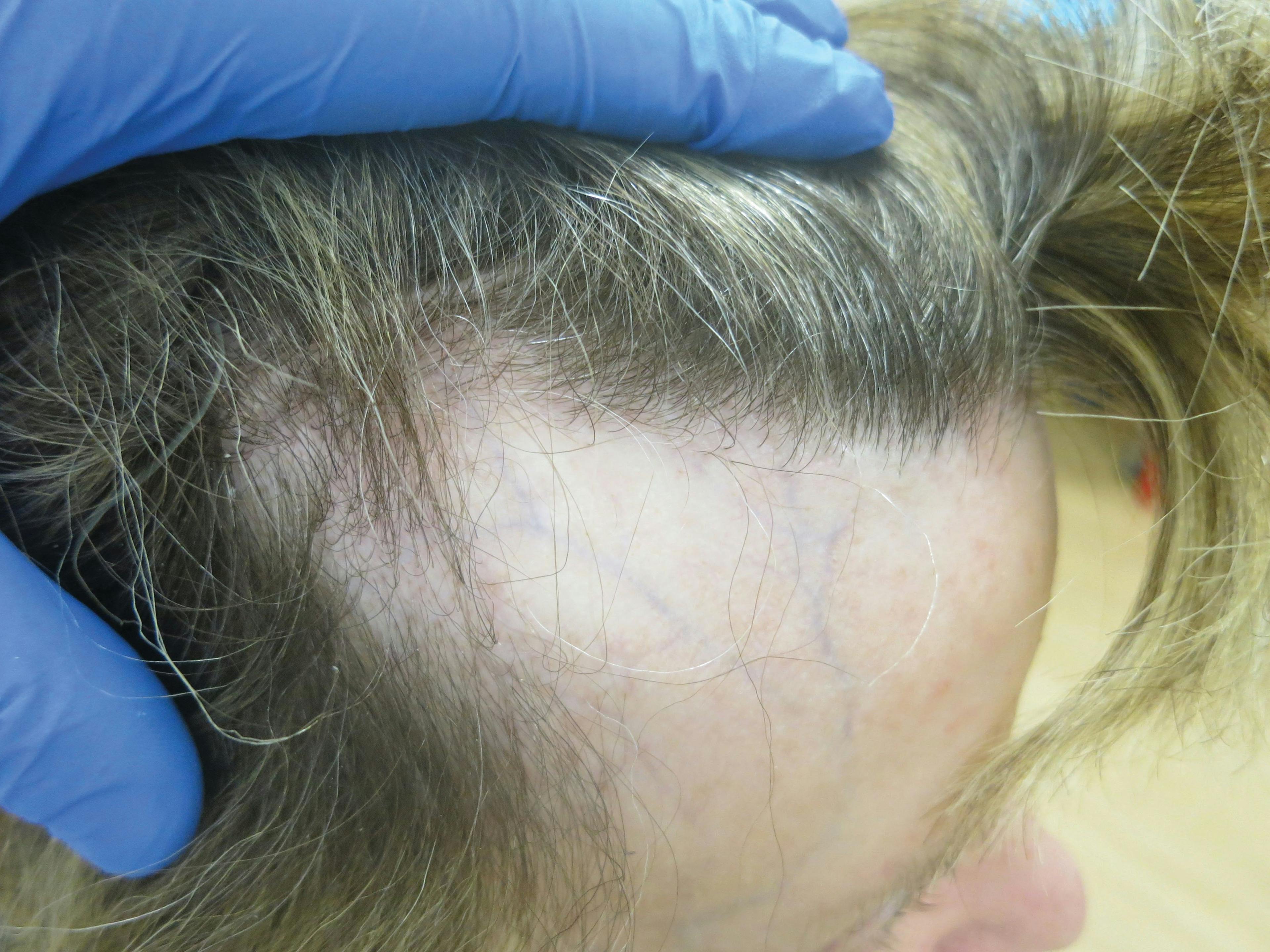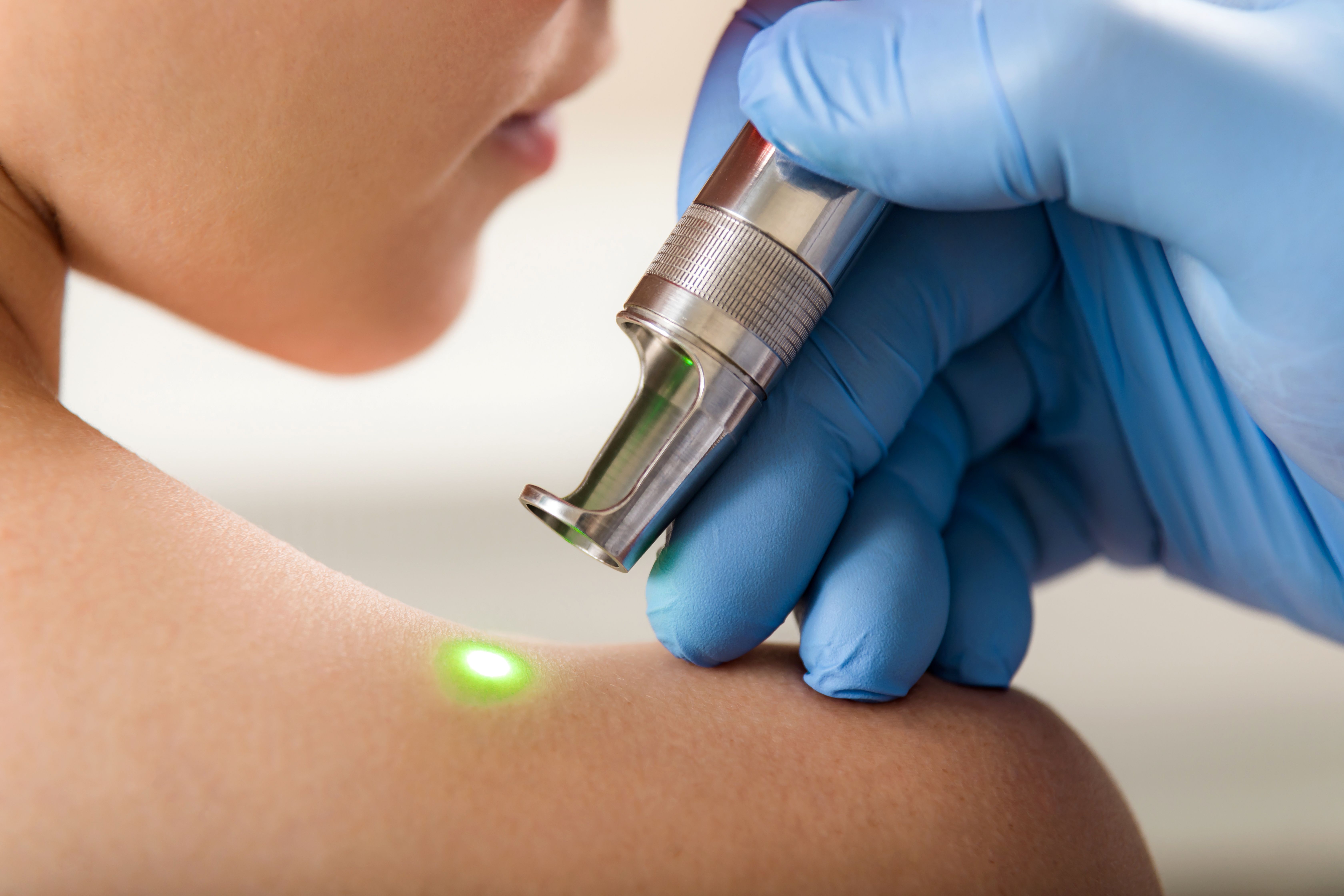- Acne
- Actinic Keratosis
- Aesthetics
- Alopecia
- Atopic Dermatitis
- Buy-and-Bill
- COVID-19
- Case-Based Roundtable
- Chronic Hand Eczema
- Drug Watch
- Eczema
- General Dermatology
- Hidradenitis Suppurativa
- Melasma
- NP and PA
- Pediatric Dermatology
- Pigmentary Disorders
- Practice Management
- Precision Medicine and Biologics
- Prurigo Nodularis
- Psoriasis
- Psoriatic Arthritis
- Rare Disease
- Rosacea
- Skin Cancer
- Vitiligo
- Wound Care
Publication
Article
Dermatology Times
Patient appearance challenges
Author(s):
Zoe Draelos, M.D., answers questions about recommendations for patients who want smaller-appearing pores, how to help patients achieve smoother, softer skin, and the challenges of dealing with oily skin.
Q. What skincare products do you recommend to a patient who desires smaller appearing pores?
Trying to decrease apparent pore size is challenging, especially since the pore size is fixed and genetically determined. The size of the pore is related to the size of the underlying sebaceous gland, with larger glands producing larger pores. The quickest way to reduce the appearance of large pores is to apply a facial foundation with light-reflecting particles, such as mica or fish scale. The tiny light-reflective particles create an optical illusion by lodging in the pores and decreasing the pore shadow. The effect is temporary until the makeup film is destroyed or removed.
RELATED: The role of 'biotics' in skincare
Nevertheless, the pore may be expanded by retained sebum and skin debris. These materials can be removed to minimize the pore appearance with the use of the newer facial cleansing devices and an exfoliant toner.
The best devices for cleaning pores use silicone heads instead of the more traditional brush heads. The patterned mechanized silicone heads act as wiper blades to pull and stretch the pores while wiping out the retained material. Several different patterns of silicone heads are available that produce gentle-to-vigorous cleansing.
The material within the pore can be loosened for better removal with cleansing by using toner cleansing pads impregnated with salicylic acid, urea and glycolic acid. The pads are made of a textured hydroentangled material that can provide a superior cleaning surface. The salicylic acid loosens the pore debris that is oil soluble while the urea and glycolic acid loosen the water-soluble debris. Using these pads in conjunction with the silicone cleansing head can remove any material expanding the pore, but continued use is necessary to maintain the temporary effect.
Q. What do I tell patients who want smoother, softer skin?
The traditional approach to achieving smoother, softer skin is to recommend the use of moisturizers that create the tactile and visual illusion of smoother, softer skin. This is achieved by using film-forming dimethicone crosspolymers that fill in skin depressions to create a temporary smooth surface. Emollients, such as dimethicone and cyclomethicone, reduce surface friction by temporarily creating skin softness by smoothing down desquamating skin scale.
This temporary effect can be improved by adding an exfoliant scrub containing particulate materials to remove desquamating corneocytes. The particles dissolved in a cleansing liquid will physically knock off the desquamating corneocytes enhancing both skin smoothness and softness. The most aggressive scrub is achieved with magnesium oxide particles. This type of scrub can be used once weekly or more frequently in patients with very leathery, coarse skin. For a less aggressive weekly scrub, ground fruit pits can be used. For a more gentle, daily scrub, sugar granules in a cleanser can be used. Finally, for patients with sensitive skin, a dissolving scrub containing sodium tetraborate decahydrate is suitable since the scrubbing granules will dissolve with pressure and water preventing the patient from damaging the skin. Thus, a cleansing scrub can be added to moisturizers to create longer-lasting and better performing smooth, soft skin.
Q. How do I help patients who say their skin is too oily?
Dealing with oily skin can be challenging for both the dermatologist and the patient. When sebum exits the sebaceous glands and spreads out to cover the skin surface, it creates an even film allowing enhanced light reflection from the skin to create the appearance of oily skin. One of the easiest ways to minimize the appearance of oily skin is to disrupt the sebum film. This is usually accomplished by removing the film with soap and water, but facial cleansing is not always possible.
Another way to prevent the appearance of oily skin is to use a mattifying lotion. Mattifying lotions contain cyclopentasiloxane, which is a silicone elastomer that dissolves the sebum and disrupts the film. The mattifying lotion can be applied first to a clean washed face followed by a layer of facial powder. The facial powder contains talc, which is powdered hydrous magnesium silicate that absorbs oil. The use of a mattifying lotion covered with face powder can increate the time it takes to get the oily face appearance. If cleansing is not possible, oil blotting papers can be used. These papers are tissue paper squares that are pressed into the face to absorb oil. They are carried in a small container much like facial tissue and are gaining popularity in the United States.

Newsletter
Like what you’re reading? Subscribe to Dermatology Times for weekly updates on therapies, innovations, and real-world practice tips.

